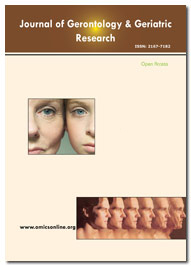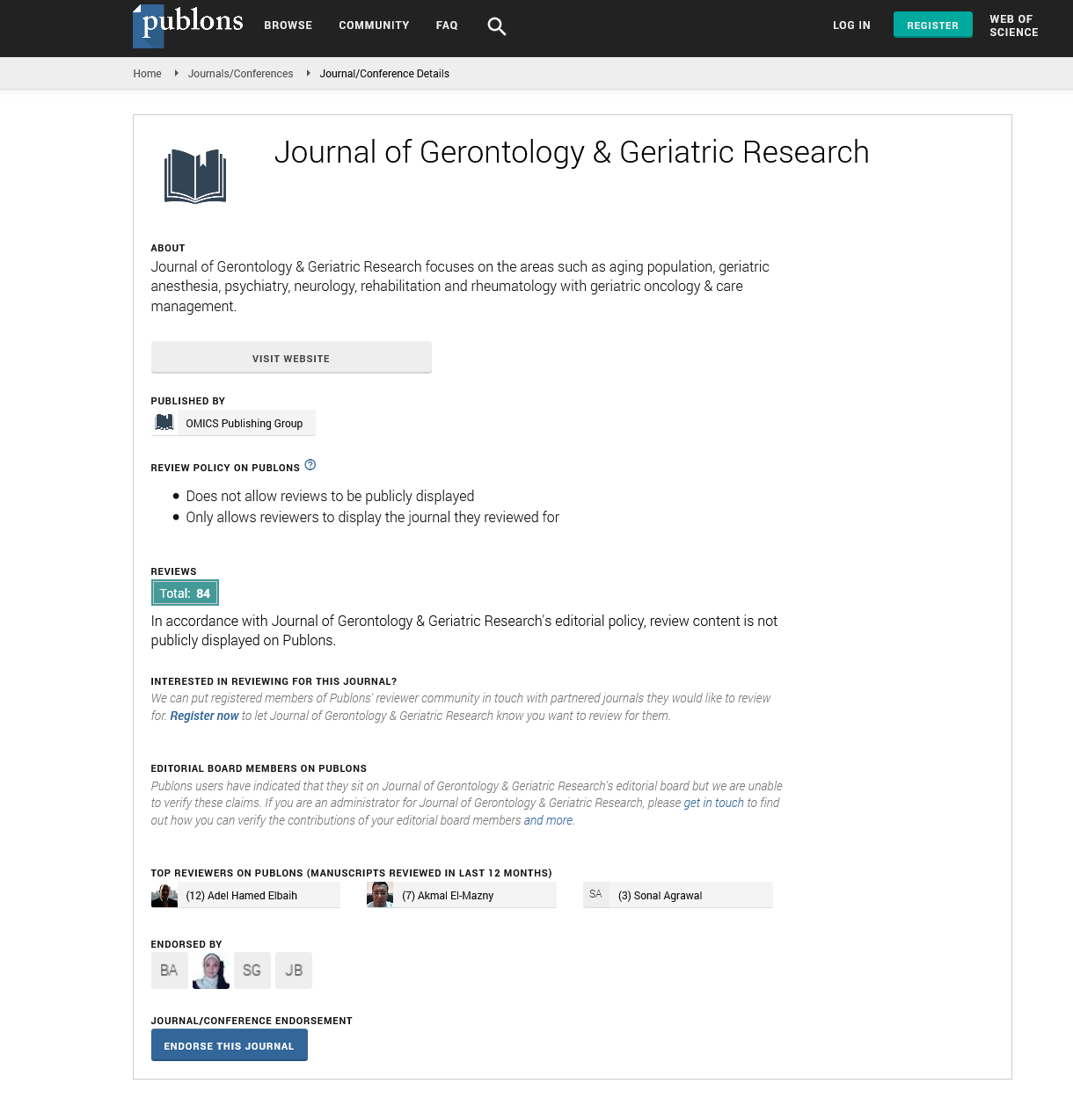Indexed In
- Open J Gate
- Genamics JournalSeek
- SafetyLit
- RefSeek
- Hamdard University
- EBSCO A-Z
- OCLC- WorldCat
- Publons
- Geneva Foundation for Medical Education and Research
- Euro Pub
- Google Scholar
Useful Links
Share This Page
Journal Flyer

Open Access Journals
- Agri and Aquaculture
- Biochemistry
- Bioinformatics & Systems Biology
- Business & Management
- Chemistry
- Clinical Sciences
- Engineering
- Food & Nutrition
- General Science
- Genetics & Molecular Biology
- Immunology & Microbiology
- Medical Sciences
- Neuroscience & Psychology
- Nursing & Health Care
- Pharmaceutical Sciences
OSTEOCYTE-SPECIFIC CAS KNOCKOUT MICE EXHIBIT DECREASED BONE MASS THROUGH INCREASED OSTEOCLASTIC BONE RESORPTION
4th International Conference on Geriatrics & Gerontological Nursing
October 3-4, 2016 | London, UK
Tsuyoshi Miyazaki, Fumiaki Tokimura, Seiichi Azuma, Ichiro Harada and Yasuhiro Sawada
Tokyo Metropolitan Geriatric Hospital and Institute of Gerontology, Japan
Saitama Red Cross Hospital, Japan
Locomotive Syndrome Research Institute, Japan
National Rehabilitation Center for Persons with Disabilities, Japan
Posters & Accepted Abstracts: J Gerontol Geriat Res
Abstract:
The skeleton is a metabolically active organ that undergoes continuous remodeling throughout life. Osteoporosis, which is fostered by advancing age, is the most common clinical disorder affecting bones. Although it has been postulated that osteocytes play an important role in sensing mechanical load in bone tissues, detailed molecular mechanisms of how osteocytes regulate bone metabolism remain largely unclear. The adaptor molecule p130Cas (Crk-associated substrate, hereafter referred to as Cas), which is phosphorylated at focal adhesions upon extracellular matrix engagement, is involved in various cellular processes including migration, survival, transformation, and invasion. In addition, we reported that Cas binds to the cytoskeletons in a stretch-dependent manner. This suggests that Cas can function as an initiator of intracellular signaling cascades through force-dependent changes in the cytoskeleton network. To investigate the role of Cas in bone metabolism, we generated osteocyte-specific Cas conditional knockout (cKO) mice by mating Casflox/flox mice with Dentin matrix protein 1 (Dmp1)-Cre transgenic mice, in which the Cre recombinase gene was specifically expressed in osteocytes. The resulting Dmp1- Cre+/â??;Casflox/flox mice (referred to herein as Cas cKO mice) exhibited a significant decrease in bone volume, as determined by μCT analysis. Histomorphometric analysis of Cas cKO mice revealed a significant increase in the eroded surface/bone surface ratio, osteoclast surface, and osteoclast number. Furthermore, the expression levels of RANKL genes were significantly increased in the osteocyte fractions derived from Cas cKO mice. Collectively, these findings suggest that the bone loss in Cas cKO mice was caused by increased osteoclatstic bone resorption.
Biography :
Tsuyoshi Miyazaki has completed his MD at the age of 24 years and his PhD at the age of 31 years from University of Tokyo and postdoctoral studies from Yale University School of Medicine. He is the director of Department of Orthopaedic Surgery, Tokyo Metropolitan Geriatric Hospital and Institute of Gerontology. He has published more than 30 papers in reputed journals.
Email: miyazak14@tmig.or.jp

